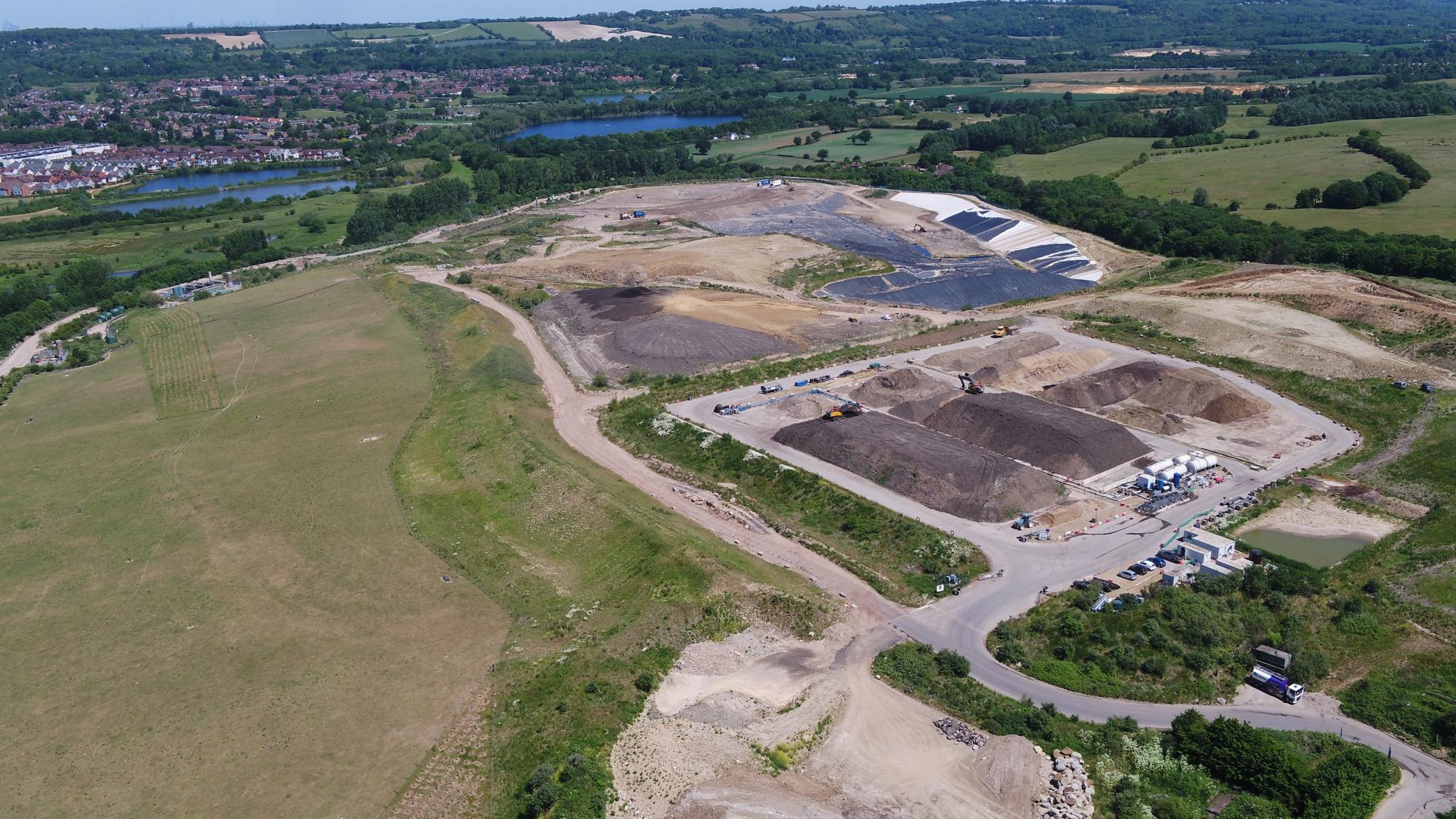Waste classification of brownfield soils
Having operated contaminated waste treatment facilities for nearly 20 years & delivered some of the UK’s largest remediation projects for over 30 years Englobe have seen a broad range of methods used to classify, characterise & dispose of brownfield materials.
The aim of this article is to help companies or individuals who deal with brownfield soils & waste materials in the construction, earthworks, remediation & associated industries, who are considering waste disposal or waste treatment.
One of the most common issues & misconceptions we see is the prevalence of WAC chemical analysis used for soils. WAC stands for Waste Acceptance Criteria & is used to gauge landfill acceptance only – soils simply can’t be classified in terms of whether they are hazardous or non-hazardous using WAC analysis alone. WAC analysis provides information on the materials suitability for landfill disposal & how it will react within landfill, & if any contamination will leach from the material into the landfill void. It does not provide enough data to assess the hazardous properties of a material or, inform the suitability of various potential treatment and recycling options. WAC analysis also does not determine potential taxation status of wastes going to landfill.
As a soils and waste treatment company, Englobe are legally obliged to fully understand the properties of the waste and its suitability for treatment. In short, we are required to confirm that the waste is suitable for acceptance into treatment before the waste arrives at our facility. This is true for all permitted waste treatment and waste disposal facilities and installations.
As a waste producer or a waste holder, our customers also have responsibilities under the Waste Duty of Care. Without listing these responsibilities in full here, these responsibilities include preventing unauthorised disposal or treatment, and providing an accurate description of the waste for transfer to another person. Specifically, for hazardous waste, this includes a fairly extensive and often daunting list of questions to consider.
While this can seem a bit overwhelming in terms of what information is required at what stage, Englobe, as experts in this field, can support you in that journey. We can offer advice on how to characterise and describe your waste to allow us to assess it appropriately and in compliance with industry guidance prior to waste being dispatched to our facility. For those customers that need the service we can provide field sampling and testing at short notice to help fill data gaps and avoid incorrect classification. As a guide, the following areas should be considered, and the information provided to our waste assessment team to ensure that both parties operate within the limits of the industry regulations:
- Site history: What are the current and historical uses of the site? For example, a former gasworks site will have a different chemical profile to a historical brickworks or a modern industrial facility, whereas a greenfield site is likely to be relatively uncontaminated.
- Chemical analysis: Solids testing, i.e. a full, air dried solids analysis as opposed to a WAC suite, is required to assess hazardous properties of the waste. This must feature as a minimum, hydrocarbons (TPH and PAH) heavy metals, pH, asbestos ID & quantification. Where the site history suggests other contaminates are likely to be present, these should also be included on the analytical suite. We are happy to advise in this instance.
- Number of samples: A general rule of thumb is that 1 soil sample can represent up to 500 tonnes of waste for treatment facilities. However, if the waste is variable, or several smaller hotspots of contaminated soil are present, then sampling at a higher frequency will be required to adequately represent the waste. In the case of site investigation data, there are usually ample sample numbers provided in the site investigation report. Please be aware that landfills may have varying sampling regimes and we suggest always confirming with the waste receiver if there is any doubt.
- Physical nature: What does the material look like? Is it clay, sub-soils, topsoil or made ground? This can affect the disposal facilities acceptance & cost, and in the case of disposal to landfill will have an impact on the landfill tax status. Borehole logs as part of site investigation report, or photographs are the easiest way to provide this information to us.
- Waste assessment: The provided data is then assessed by a suitably qualified person on behalf of the receiving facility. This process must be completed before acceptance of the waste can be confirmed and, in some cases, may highlight where data gaps exist and advise on how to fill those gaps. Englobe have a team of dedicated waste assessors to review each enquiry and provide feedback within 24 hours to each customer via our sales team.
For waste soils arising from brownfield sites, the above detail is usually included in a site investigation or ground investigation report conducted by a suitably qualified environmental or contaminated land consultant. However, where this information is not available, we are happy to discuss the information needed and support you in the process of gaining the required level of detail to ensure that we, and our customers, remain compliant with our industry requirements.
For any contaminated land enquiries please contact Simon Walker: simon.walker@englobecorp.com

